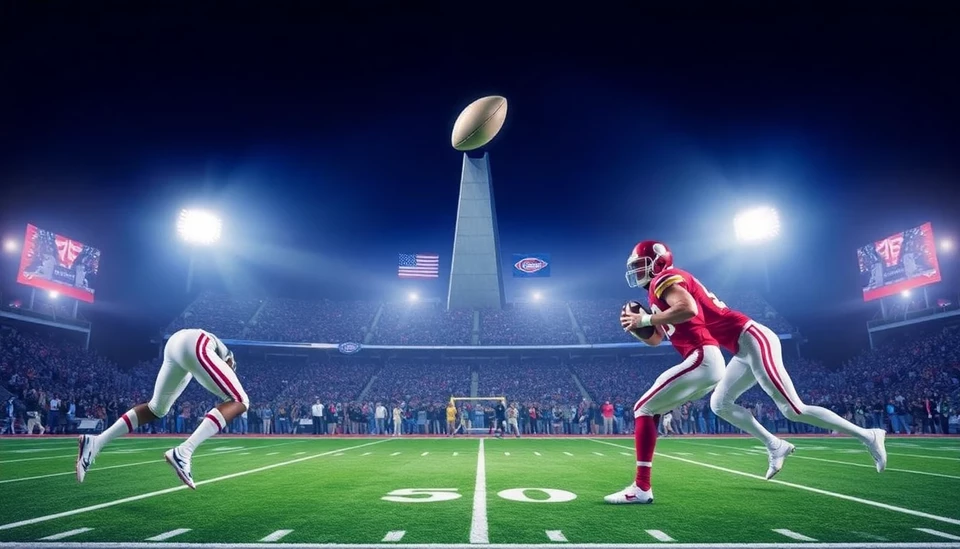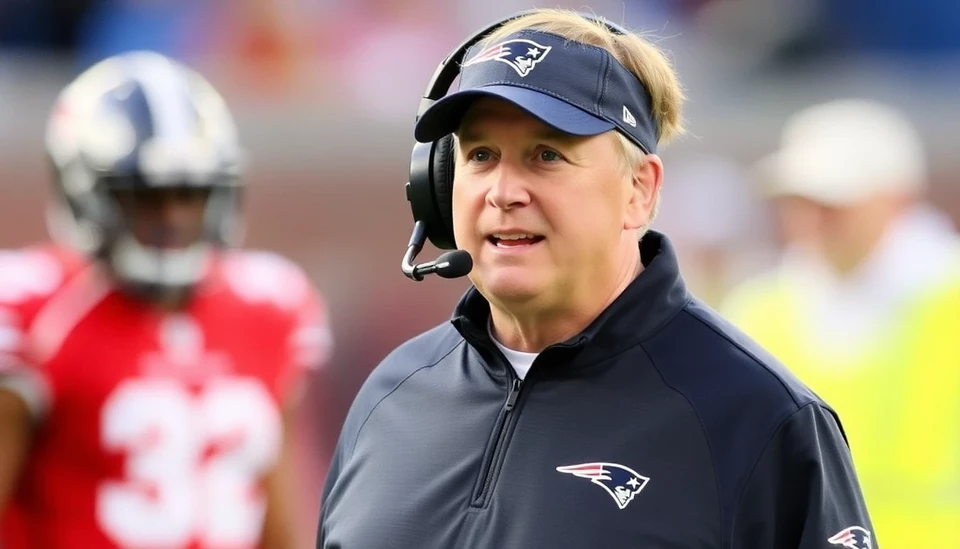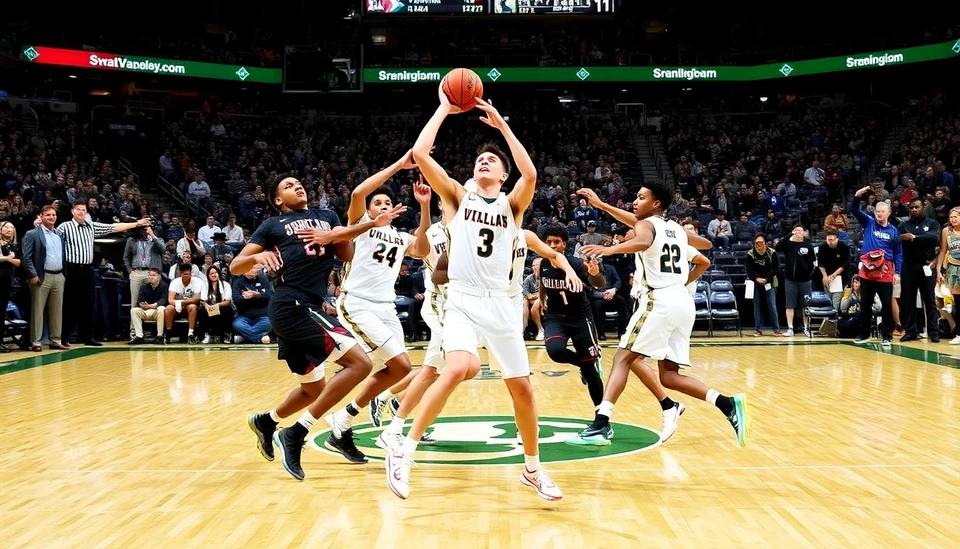
The landscape of college football is undergoing a significant transformation as the College Football Playoff (CFP) prepares for its next iteration amidst the challenges presented by the Name, Image, and Likeness (NIL) policies. The introduction of NIL rights has sparked a new era in college athletics, changing how players engage with fans, brands, and teams, while also complicating traditional structures within college sports.
As the CFP closes in on its expanded format, set to roll out with additional teams in 2024, the implications of NIL could not be more pronounced. The financial landscape has dramatically shifted, with universities eager to capitalize on the commercial opportunities that come with athlete endorsements. This change comes at a time when programs face pressure not just to perform on the field but also to attract and retain top talent in a highly competitive market.
One of the prominent shifts in this new era is the way college football programs are reshaping their recruitment strategies. Potential recruits are now considering the potential NIL deals more seriously than they had before, which means universities must offer not just competitive athletic environments but attractive NIL opportunities as well. The need for effective branding and marketing strategies is becoming paramount for coaches and athletic directors who aim to impress recruits during their visits and ultimately secure their commitments.
The mechanism of NIL deals has introduced a level of financial fluidity to the sport that wasn't previously there. Athletes can now profit from their personal brands while still maintaining their college eligibility, drawing increased attention to the sport and creating further engagement among fans and stakeholders. However, this newfound freedom also raises ethical concerns regarding fairness, creating disparities between well-funded programs and those that struggle to secure lucrative partnerships for their athletes.
Additionally, the competitive balance can be disrupted as teams with substantial financial resources may attract more high-caliber talents, thereby compromising the traditional parity that college football has prided itself on. This scenario may lead to greater tensions between smaller programs and the wealthier institutions, widening the gap as the dollars involved in NIL deals continue to escalate.
The upcoming playoffs will serve as a pivotal moment to see how these dynamics will play out on a larger stage. Will the teams that adapt quickly to the NIL era find themselves in contention for national championships? Or will traditional powerhouses maintain their dominance irrespective of changes in NIL regulations? Observers are eager to see how these factors will impact performance both on the field and in the business of college football.
In summary, the College Football Playoff is not only an exciting time for fans and players alike, but a focal point for examining how NIL policies are shaping the future of college athletics. The interplay of talent acquisition, recruitment strategies, and financial considerations will likely define the success or struggles of programs throughout this transformation. As we edge closer to the playoffs, all eyes will be on the teams who succeed in navigating this complex new landscape.
#CollegeFootball #NILEra #CFP2024 #AthleteEndorsements #SportsBusiness #RecruitmentStrategies #FutureOfSports
Author: Victoria Adams

